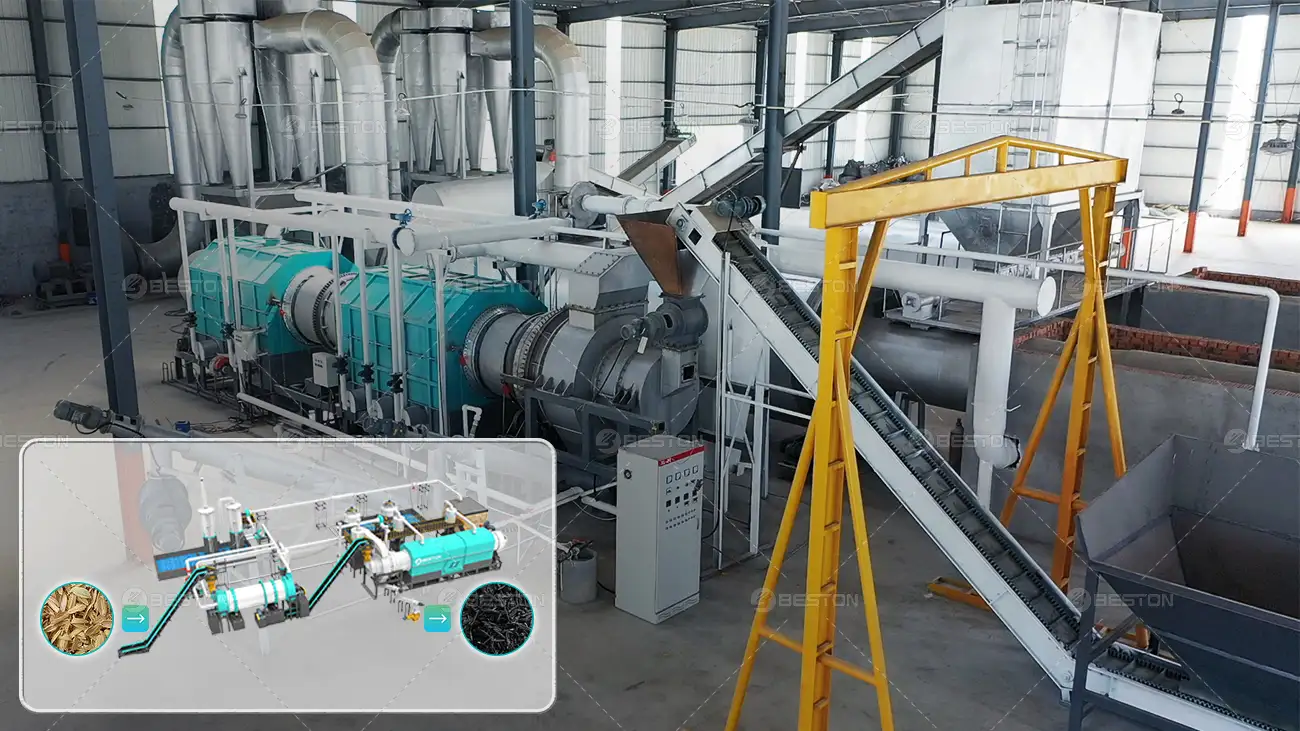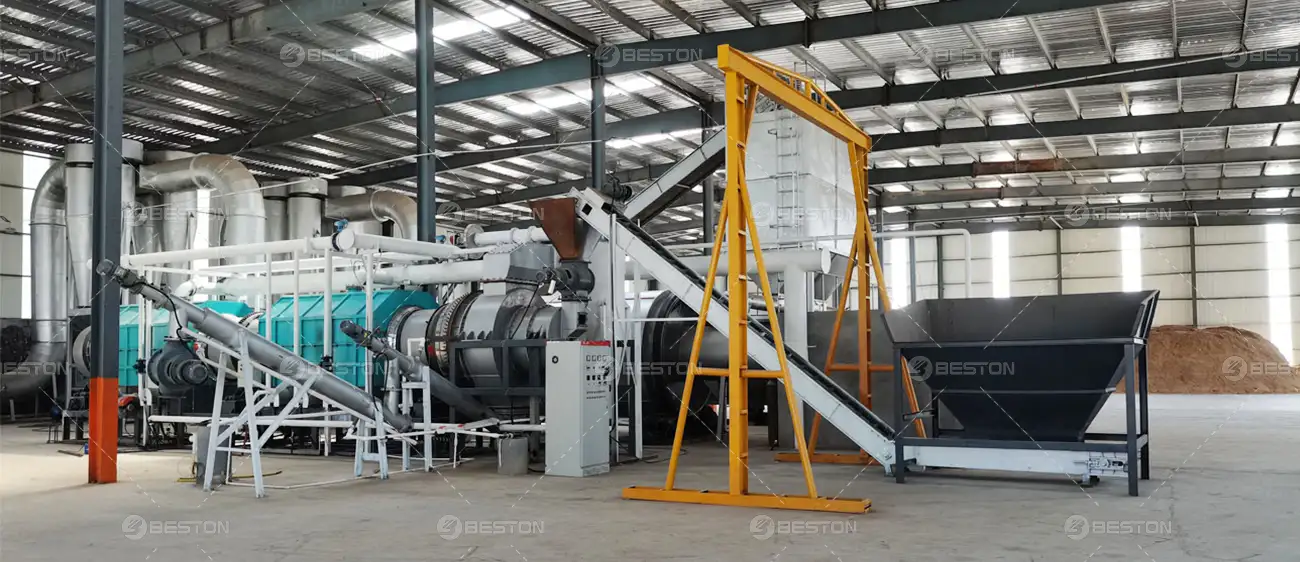Rice husk, a byproduct of rice milling, has gained significant attention in recent years for its potential as a feedstock for charcoal production. When processed efficiently using a rice husk carbonizer, this agricultural waste can be transformed into valuable charcoal with diverse applications. However, the type and quality of rice husk selected for charcoal production play a crucial role in determining the yield and quality of the final product. Several factors, including husk composition, moisture content, and particle size, directly affect the efficiency of the pyrolysis process and the quality of the resulting charcoal.

Rice Husk Composition and Its Effect on Charcoal Quality
The chemical composition of rice husk is a primary determinant in the quality of the charcoal produced. Rice husk is predominantly composed of cellulose, hemicellulose, and lignin, with silica content being one of its most distinguishing features. The high silica content of rice husk imparts unique characteristics to the charcoal, such as a higher density and improved structural integrity.
When using a rice husk carbonizer, the silica content can also impact the pyrolysis process. Silica, which does not undergo decomposition during pyrolysis, may remain in the final product as an ash residue. While this can be beneficial for creating high-quality activated carbon, it may also reduce the overall yield of charcoal. Therefore, selecting rice husks with a moderate silica content is critical for achieving the best balance between charcoal yield and quality. Husk selection based on its silica level can also influence the ease with which the carbonizer operates, affecting energy consumption and operational efficiency.
Moisture Content and Its Impact on Pyrolysis Efficiency
Moisture content is another significant factor that affects the efficiency of rice husk carbonization. Rice husks harvested fresh from the field typically contain moisture levels of around 10-15%. High moisture content can hinder the pyrolysis process by requiring additional energy for the evaporation of water before charcoal making process can begin.
Using rice husk with lower moisture content allows for a more efficient conversion to charcoal, as the carbonizer can focus more energy on decomposing the organic matter. Pre-drying the rice husks before feeding them into the rice husk carbonizer can improve the overall yield and reduce energy consumption. Conversely, high-moisture rice husks will require longer processing times, reducing the throughput of the carbonization system and impacting the overall economics of the operation.
Particle Size and Its Effect on Carbonization Efficiency
The size of the rice husk particles also plays a pivotal role in the pyrolysis process. Smaller, finely ground rice husks typically provide a larger surface area, which facilitates more uniform heating and faster pyrolysis. This increased surface area allows the heat to penetrate more effectively, promoting better conversion of the organic material into charcoal.
On the other hand, larger particles or whole rice husks may require more time to reach the desired temperature throughout the material. This can lead to uneven carbonization and potentially lower charcoal yields. Additionally, larger husks may cause blockages in the charcoal machine for sale, which can reduce the efficiency of the system. Therefore, ensuring that rice husks are properly sized for the carbonizer is crucial for optimizing both the yield and quality of charcoal production.

The Role of Rice Husk Selection in Economic Efficiency
From an economic standpoint, the selection of rice husk for charcoal production can significantly influence the overall profitability of the operation. By choosing rice husks that are appropriately dried, of the right size, and with a suitable silica content, producers can maximize both the yield and the quality of the charcoal produced. This not only enhances the value of the final product but also optimizes the operational efficiency of the rice husk carbonization furnace, reducing energy consumption and increasing throughput.
Additionally, selecting high-quality rice husks can help to reduce wear and tear on the carbonizer, extending its lifespan and minimizing maintenance costs. This is particularly important for businesses that rely on continuous or large-scale charcoal production, where operational costs are a significant factor in determining profitability.